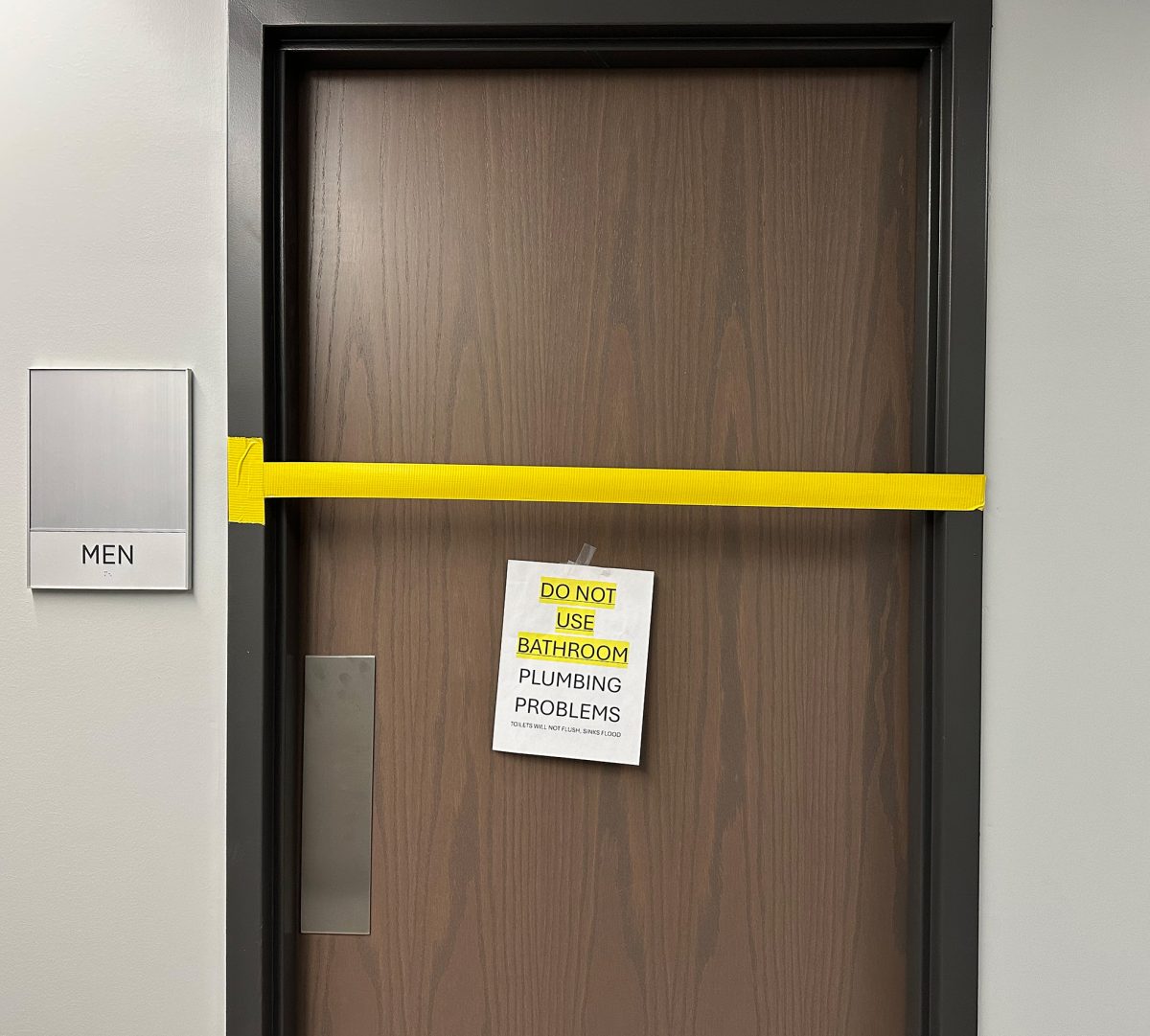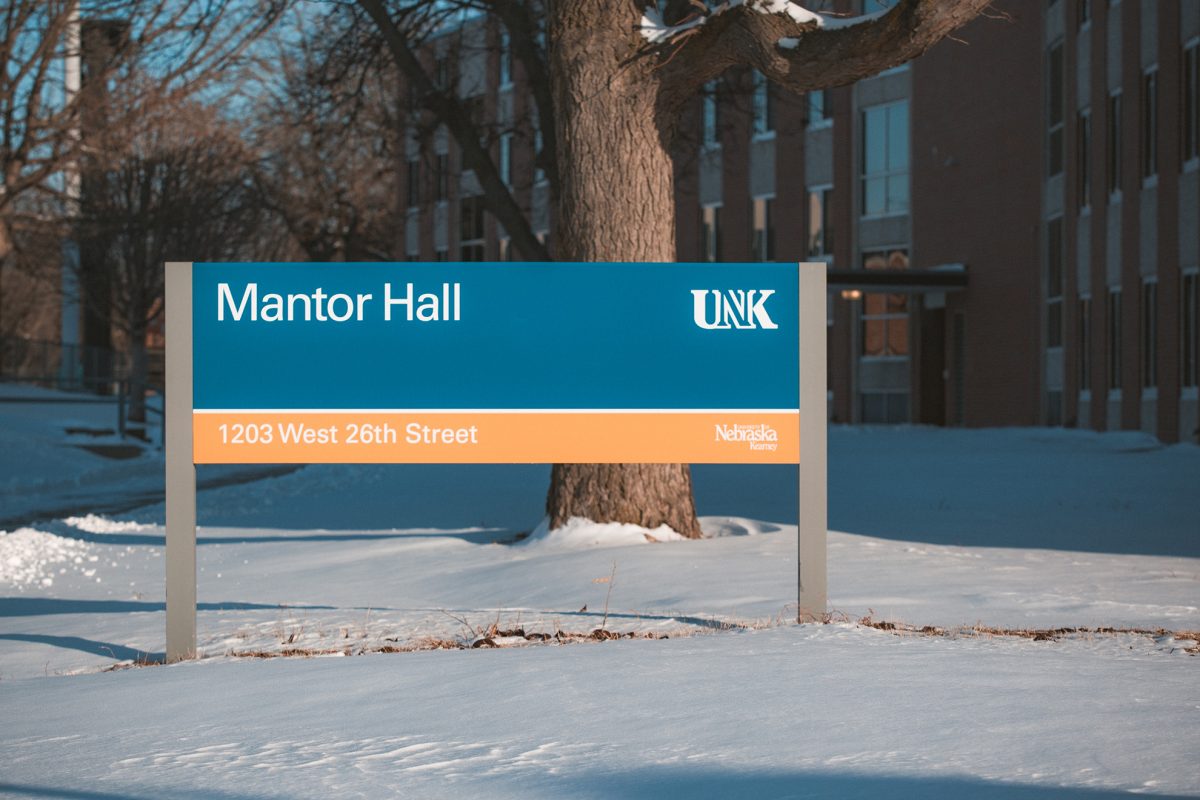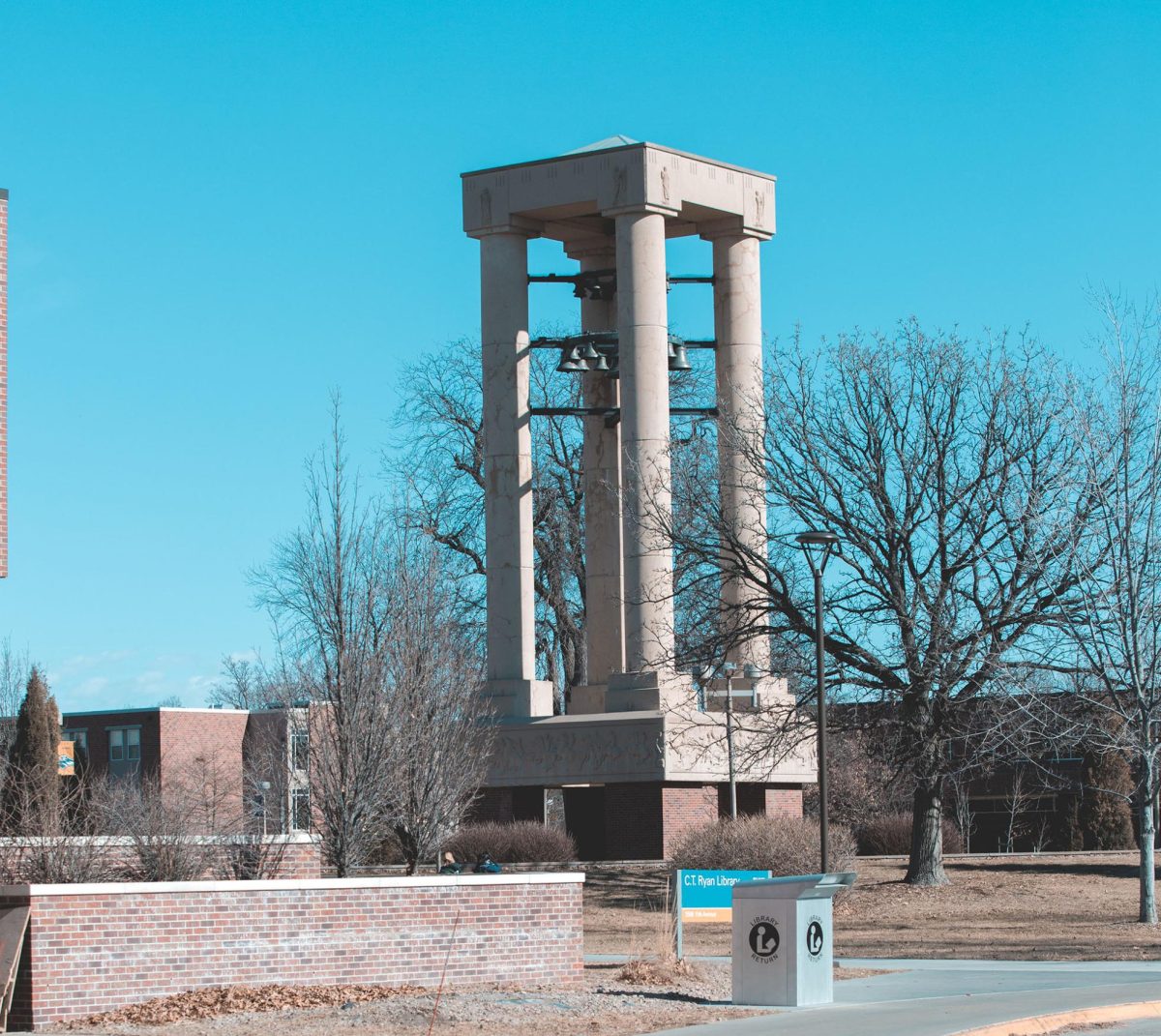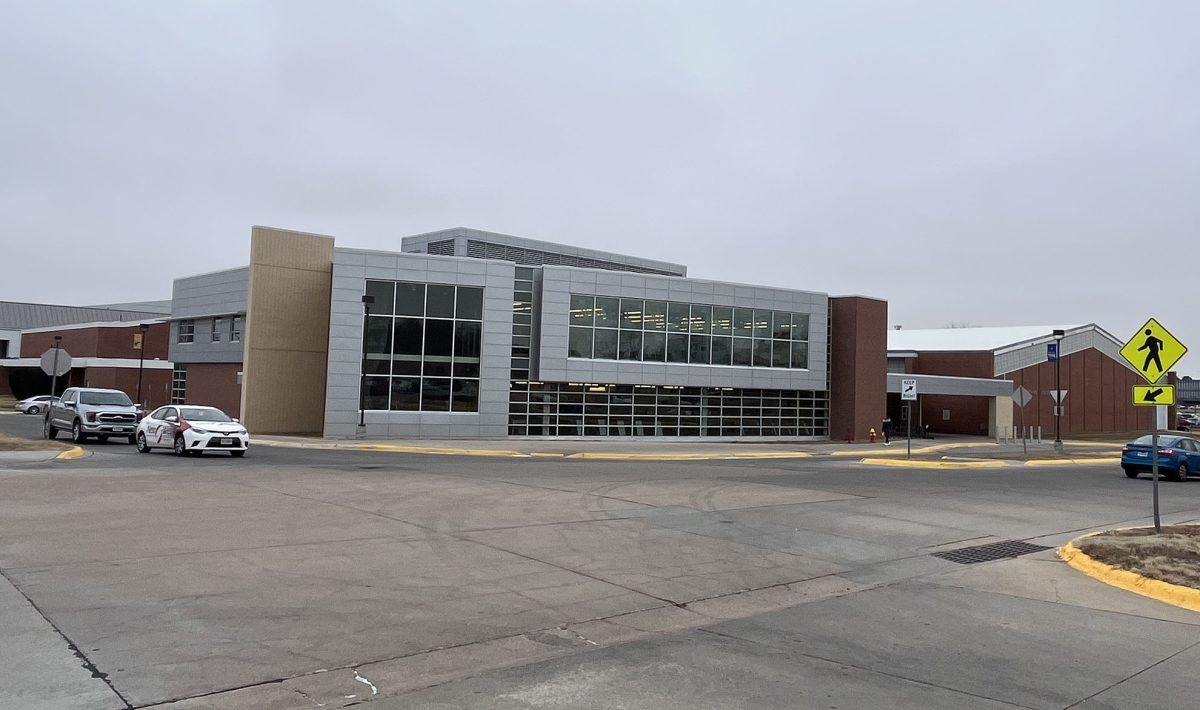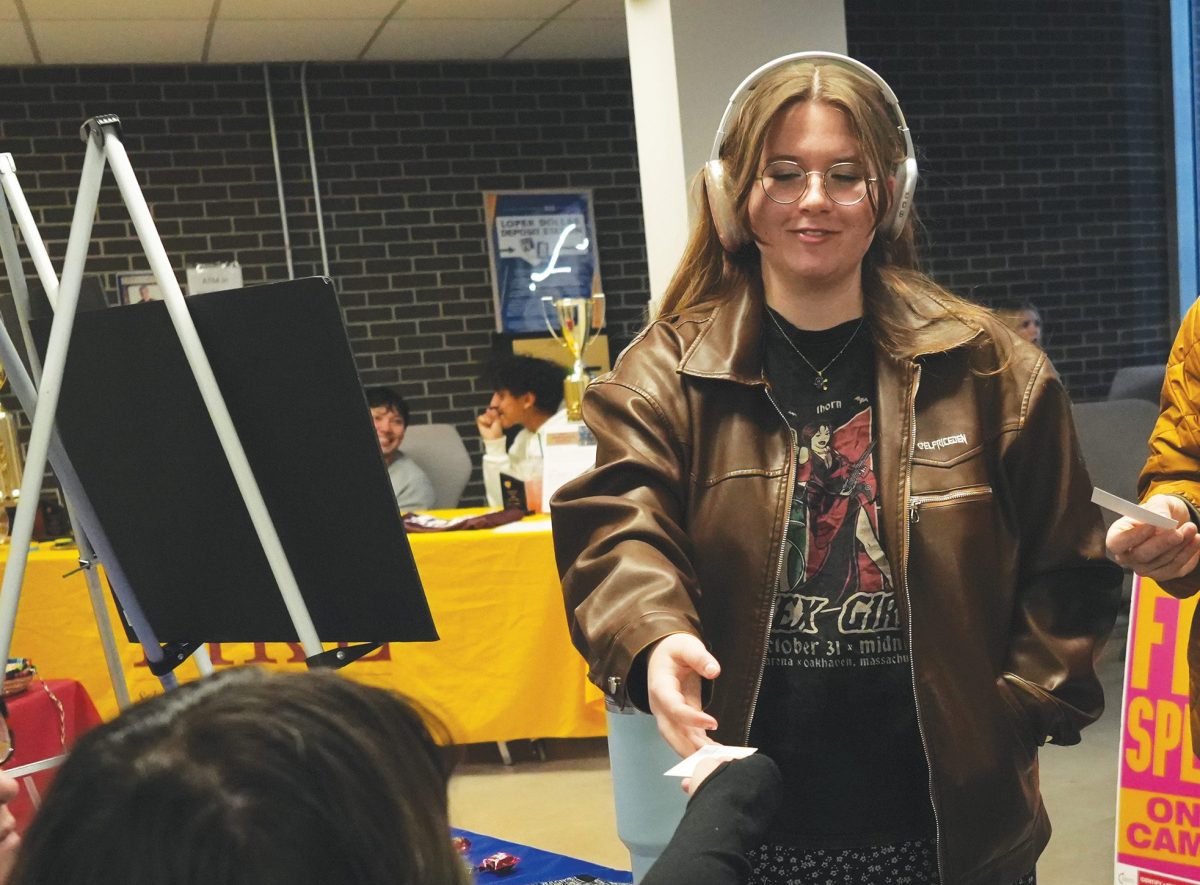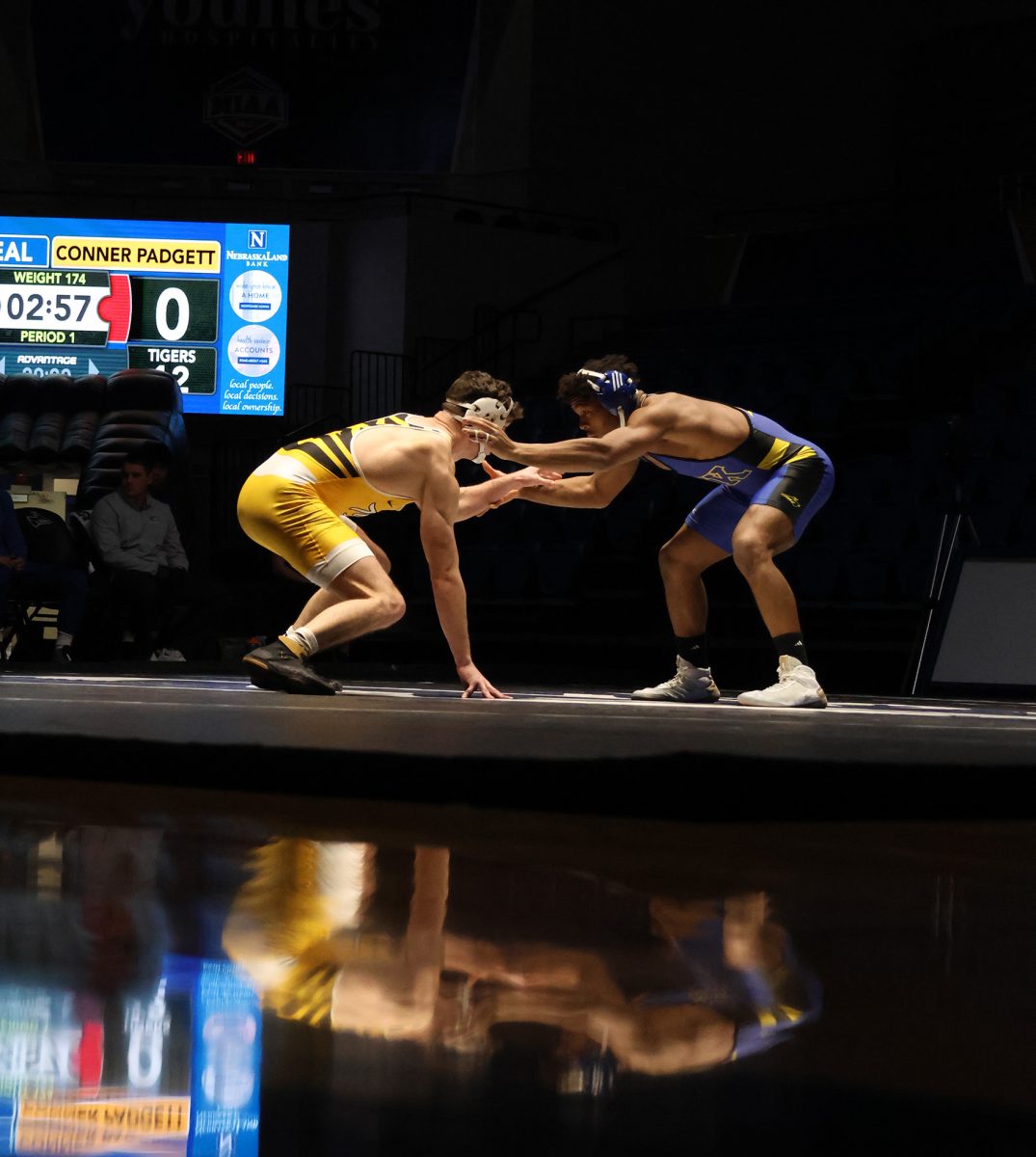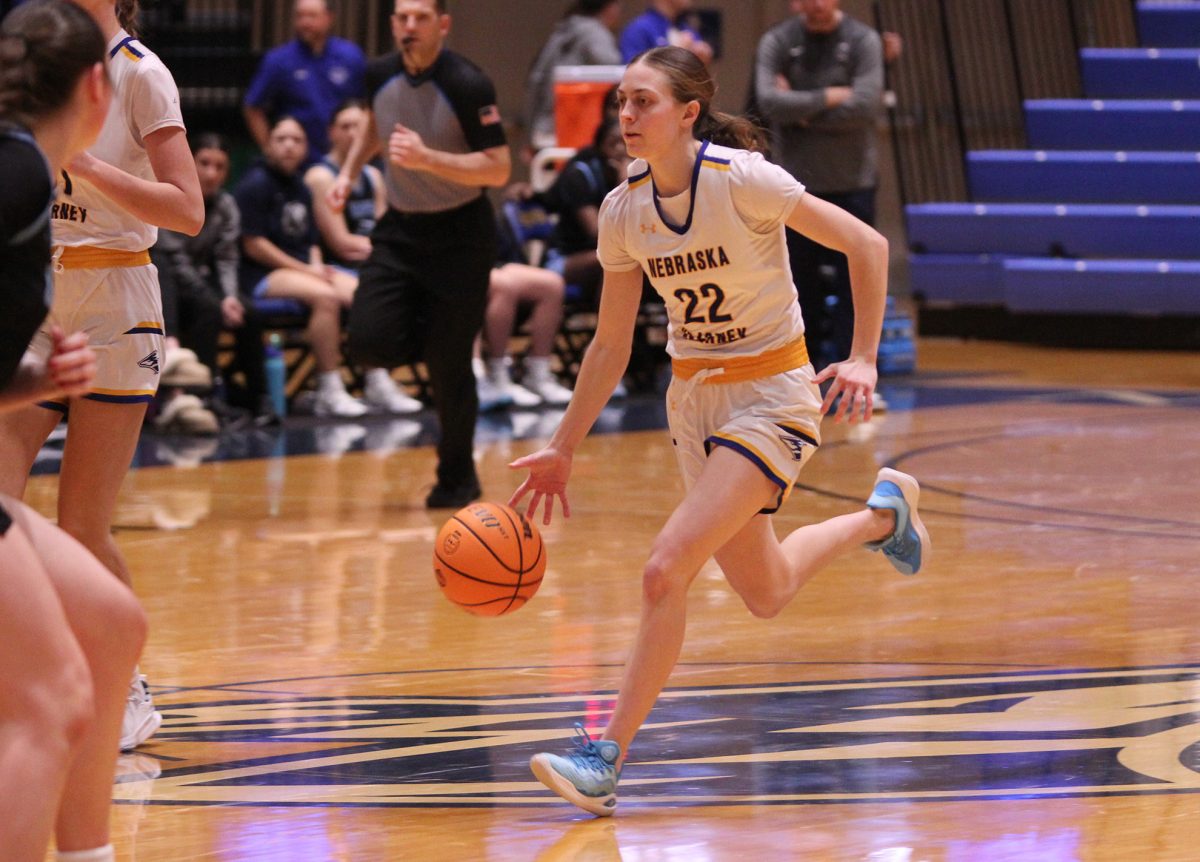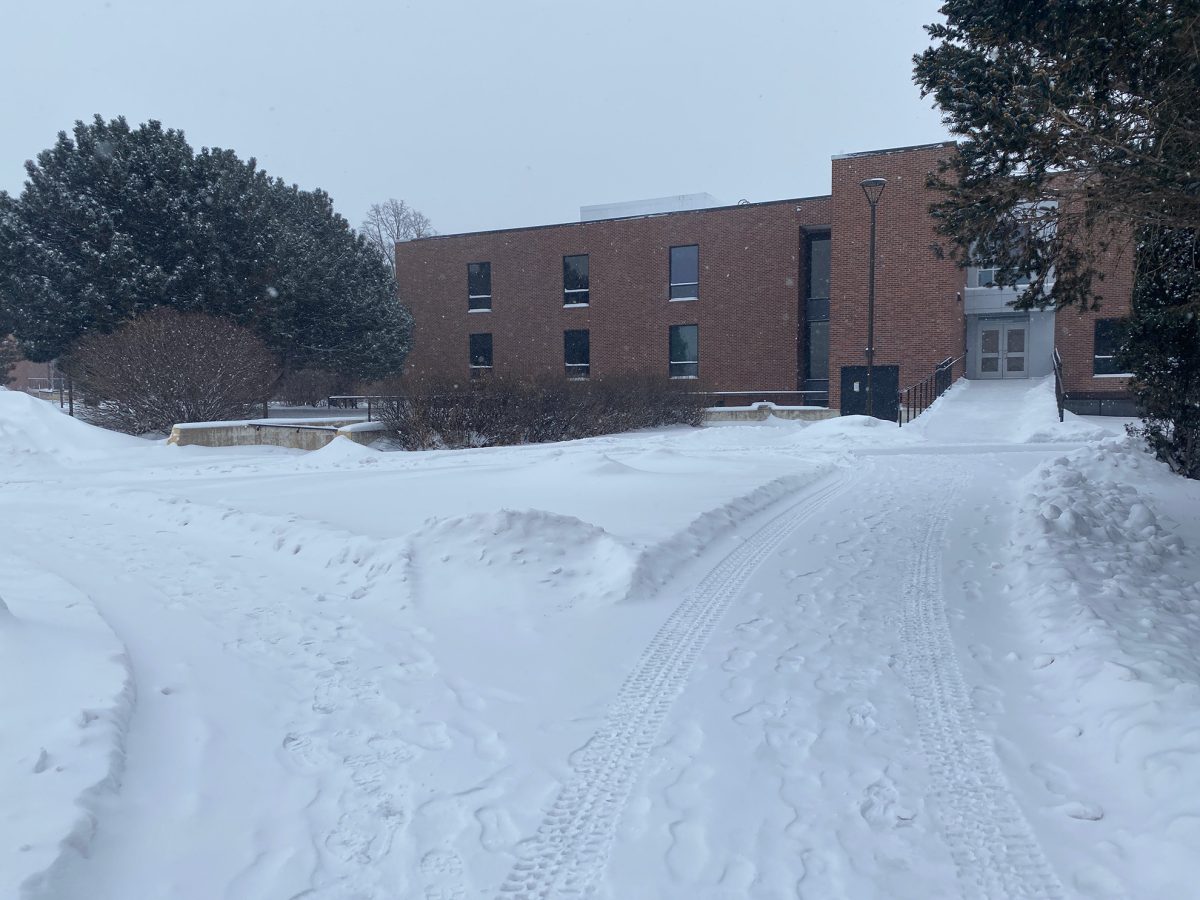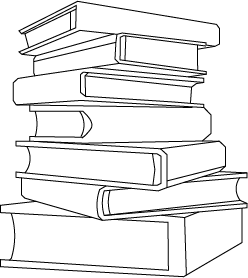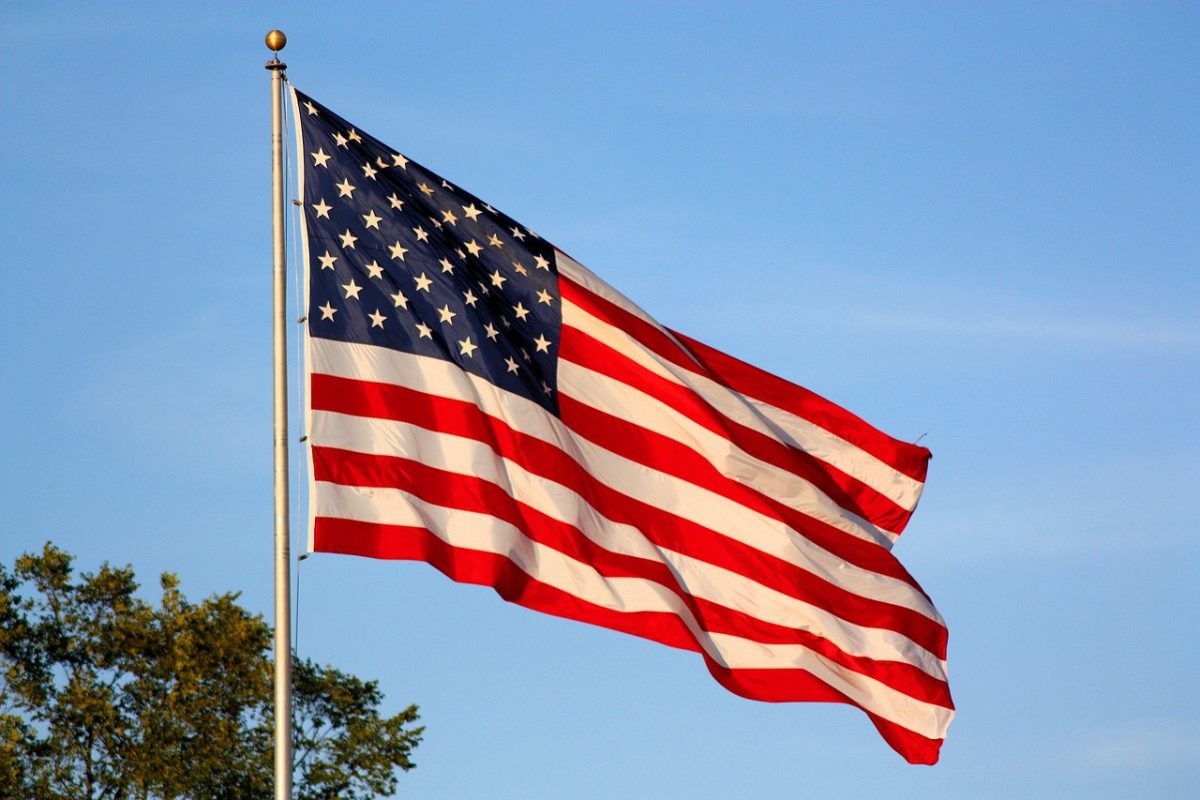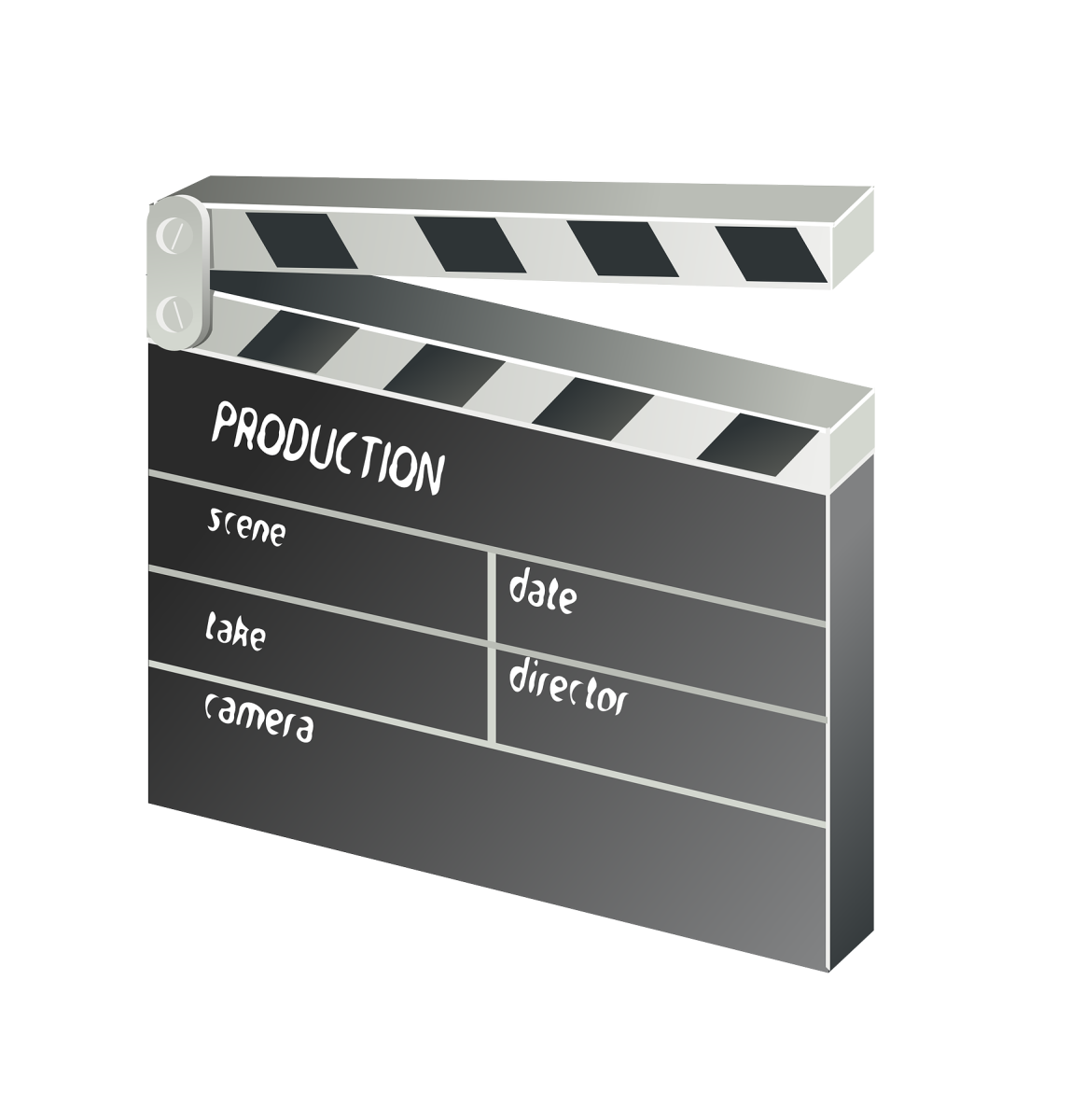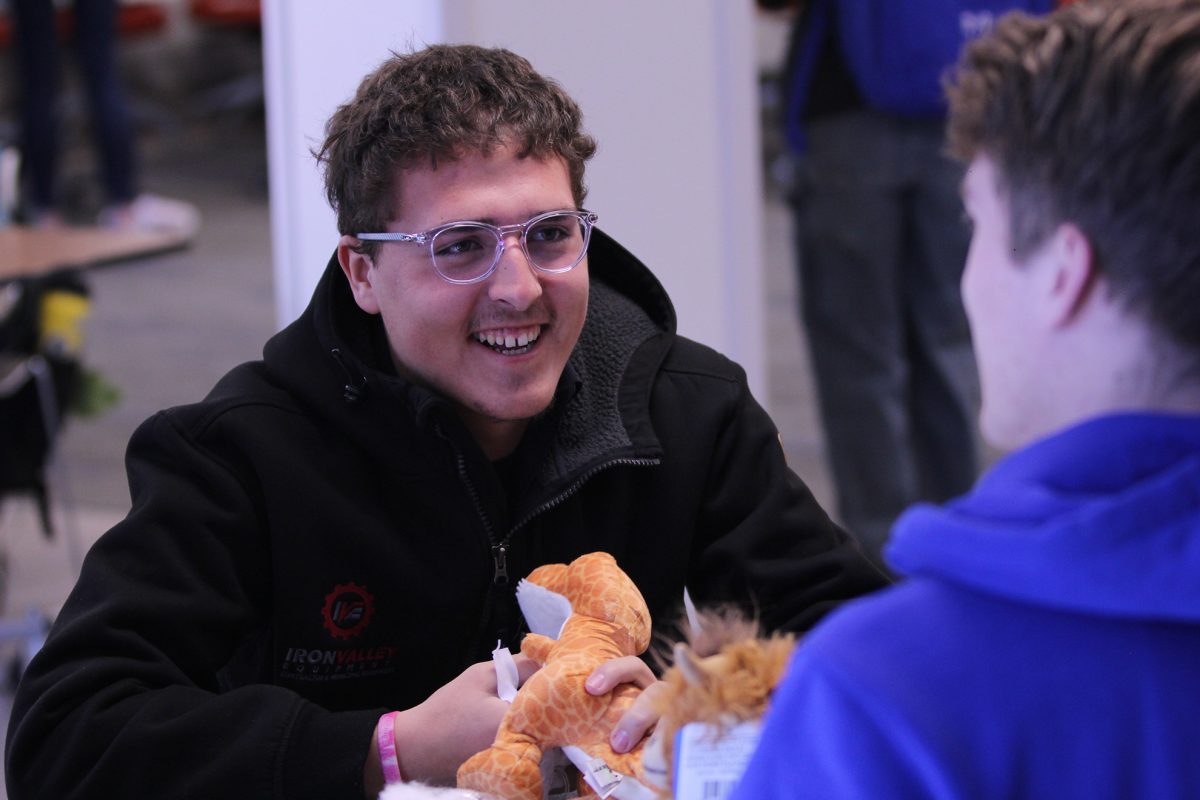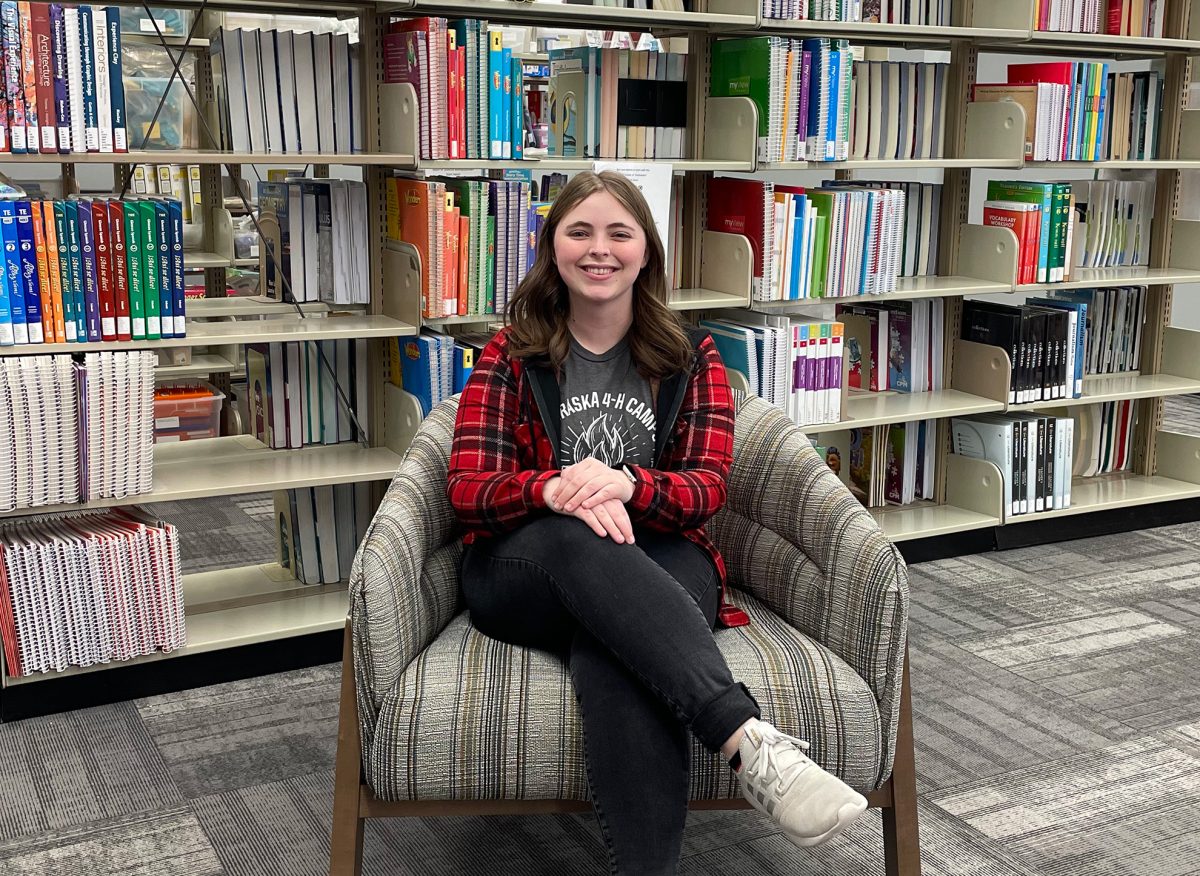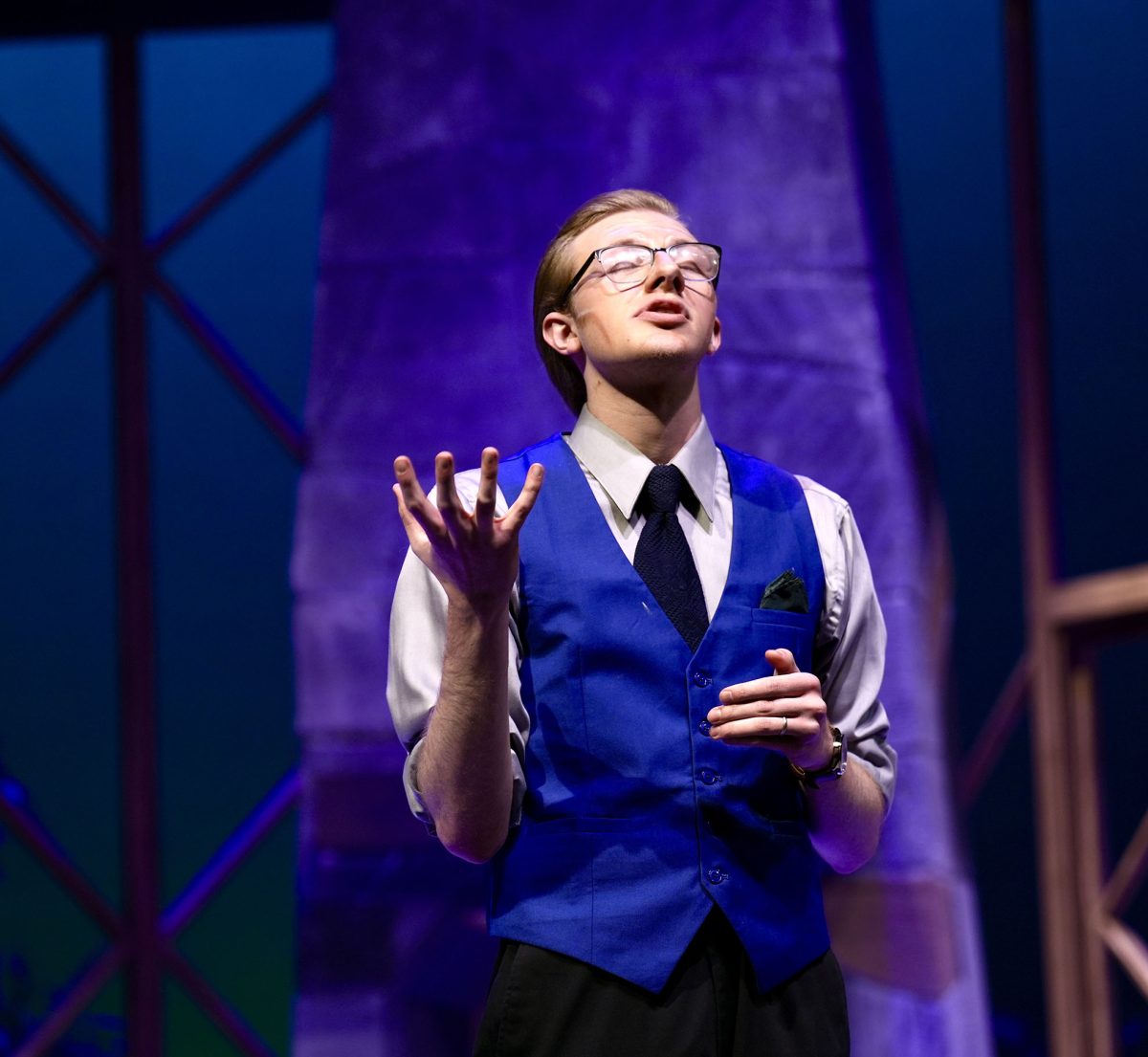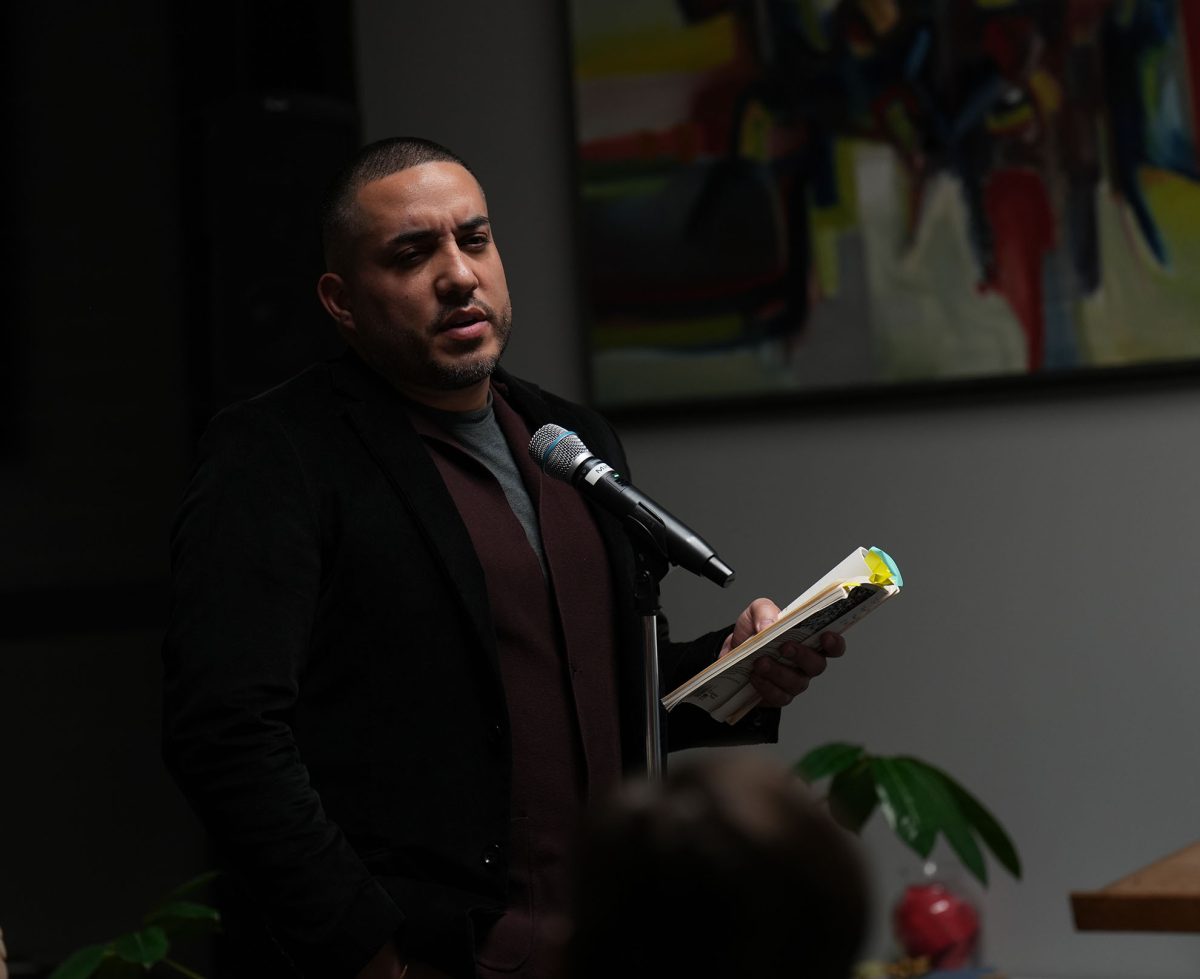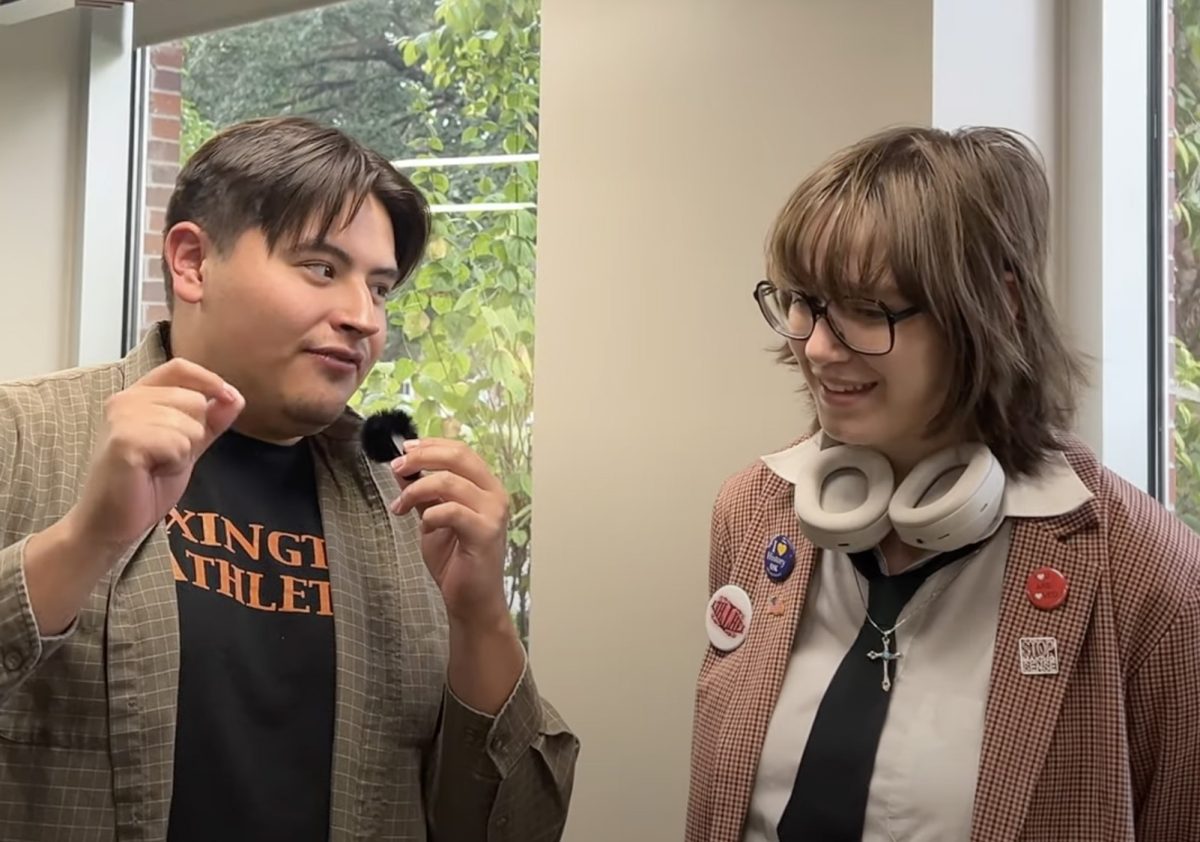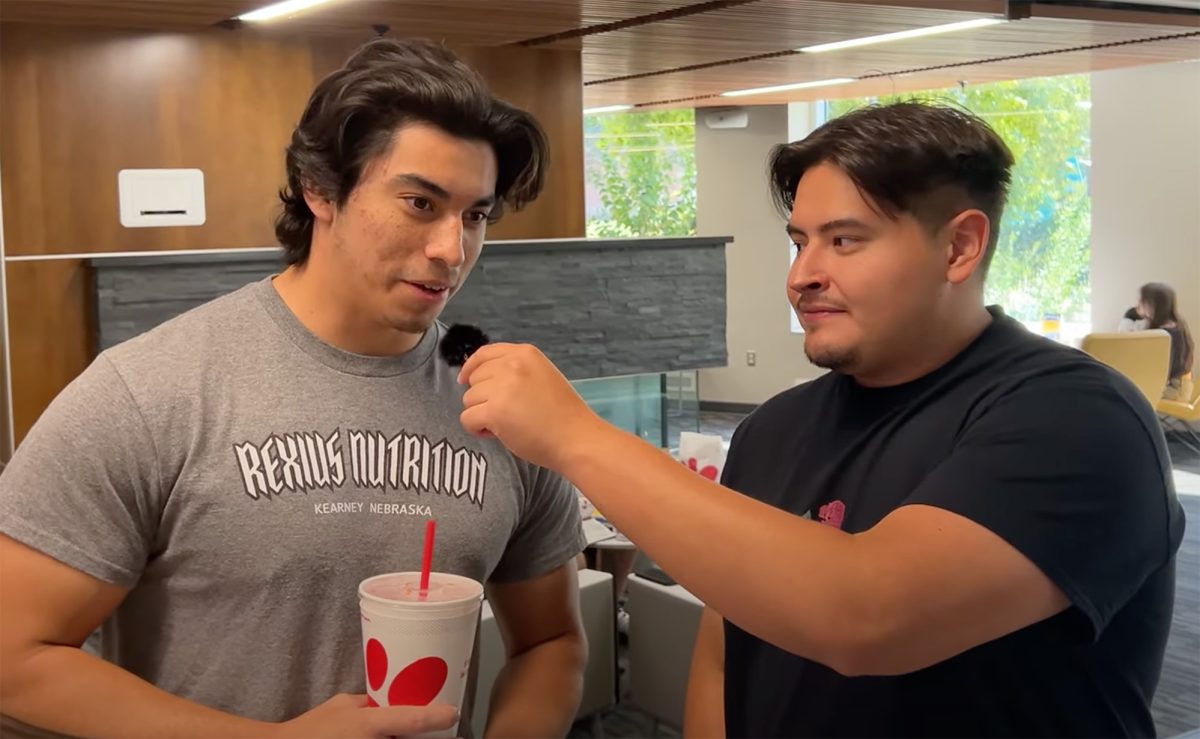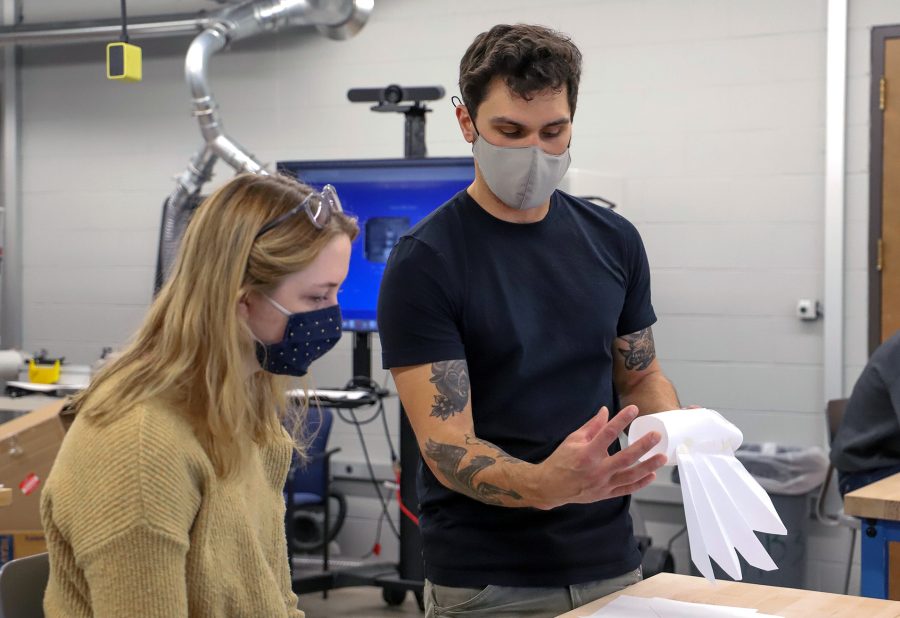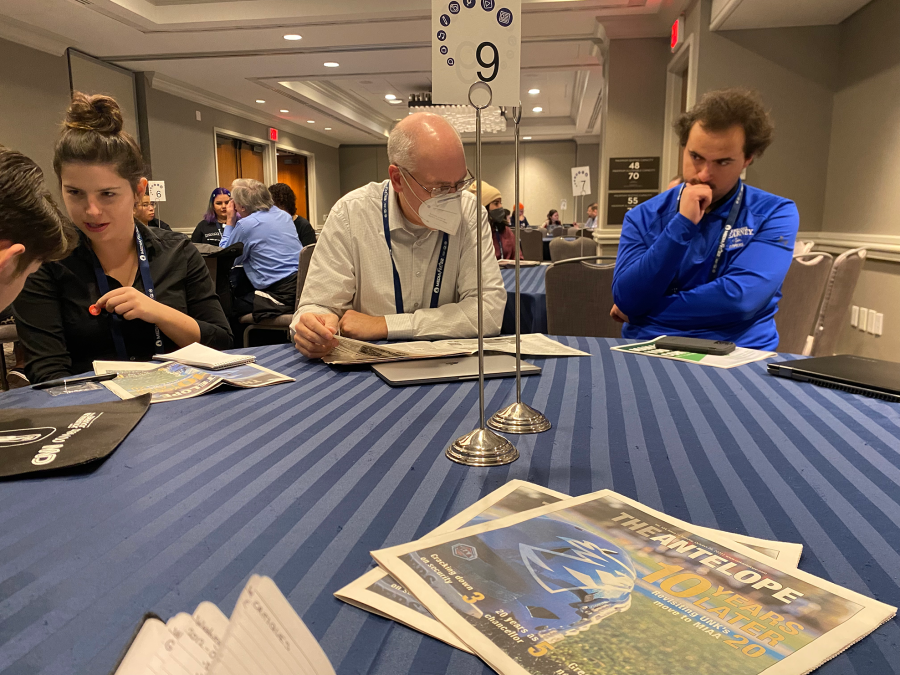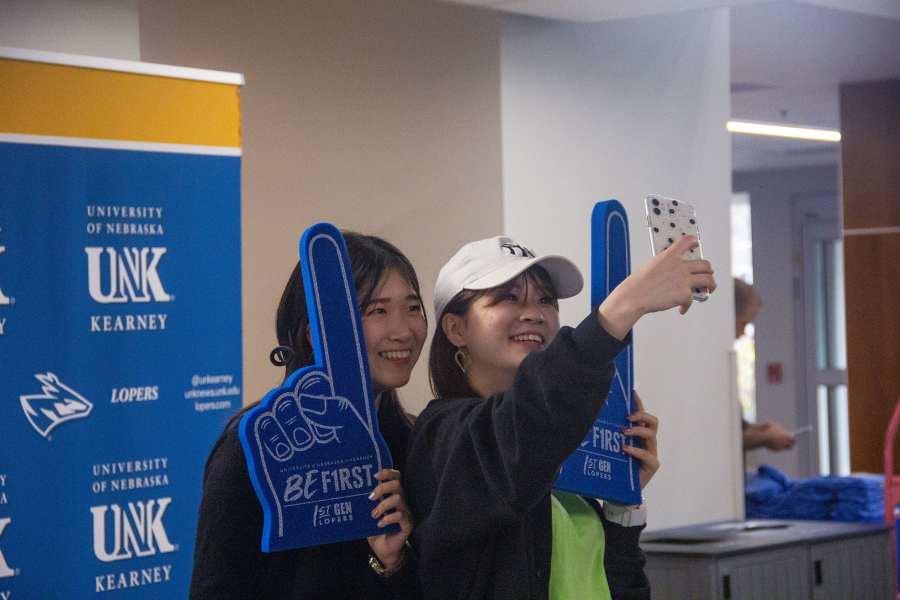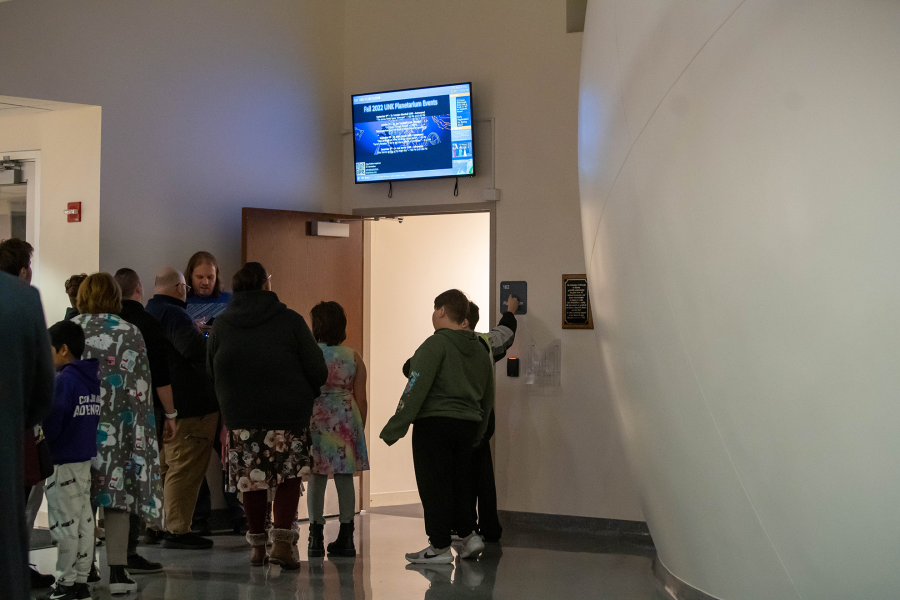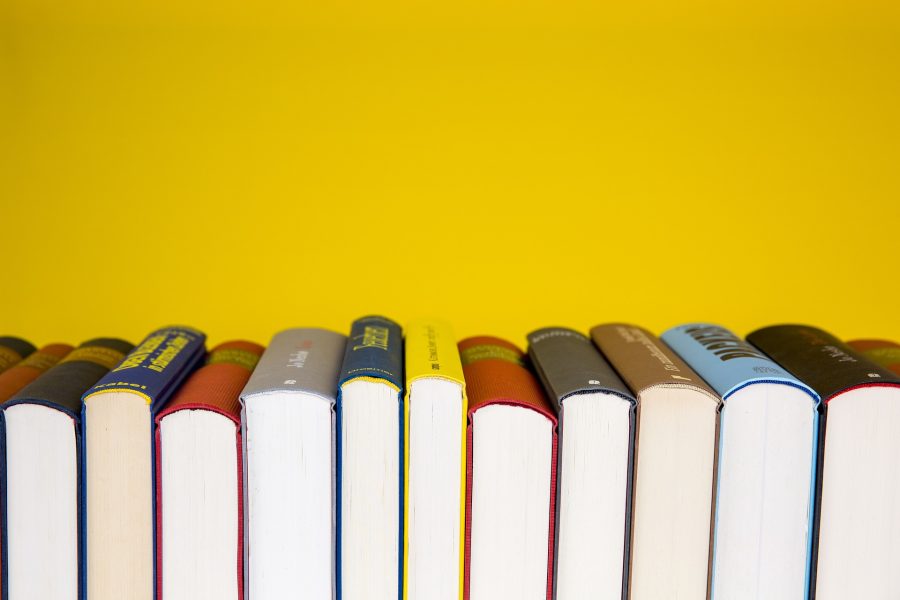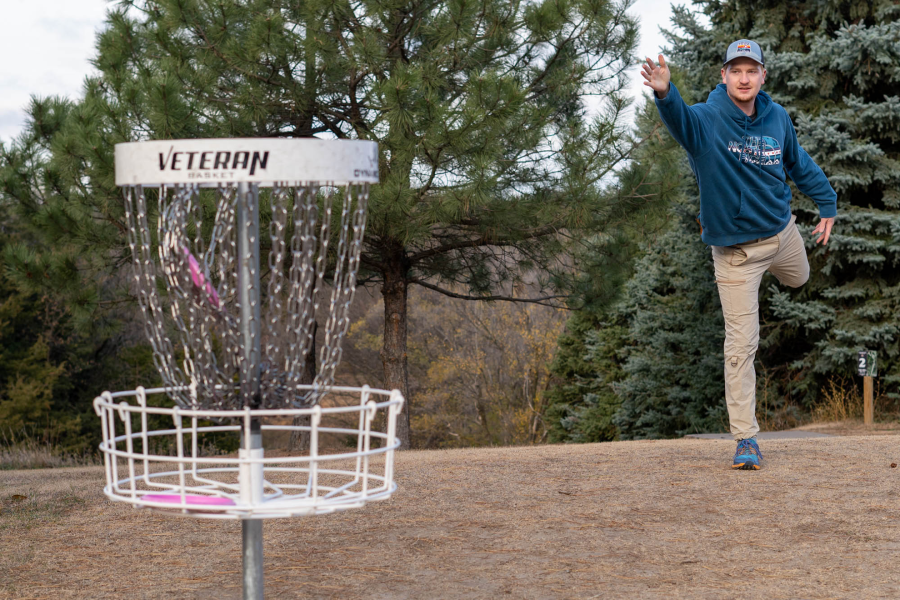romeroj3@lopers.unk.edu
With the construction of new buildings around campus, many artistic opportunities to incorporate murals on campus are being explored. Professors from the art department at UNK are spearheading one effort to improve campus beauty.
Located in the new STEM building, art professor Matt Ziemke and Victoria Goro-Rapoport are designing a mural with the help of new equipment that will soon be available to UNK art students.
“This project was the inspiration for us to look into equipment that could save us some money for the project, but it was more of looking further into the future because it is exciting for students to use this machine and to see their two-dimensional projects transform into three-dimensional work,” said Matt Ziemke, professor of art and design at UNK.
In order to save money for the mural project, Ziemke opted out of buying a printing service that prints decals that can then be applied to a glazed surface and adhere to the surface permanently.
Instead, he chose to gather materials and modify a regular printer with new components to enable a regular printer to print the same kind of decals needed for the mural.
“I have always been technically inclined so I found a company that would coach me through it a little bit, and I configured a printer to print in this ceramic material,” Ziemke said.
The purchase of the materials and the regular printers were acquired through a grant at UNK.
Once the project is completed, the machine will be the property of the art department. The machine will be available to art students, with ceramics students benefiting the most since the machine is designed primarily for ceramic work.
This machine will also provide opportunities to graphic design students who are working on branding projects.
The new mural titled “Sequence Ad Infinitum” is 15-foot-wide multipart wall art consisting of four frames that will highlight the sequential nature of life.
The imagery will showcase the parallels between the structures of the human-made world and the structures of the nature-made world. It will be displayed in Discovery Hall, the new STEM building that opened last fall.

